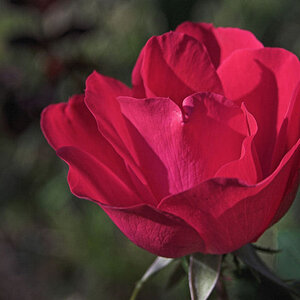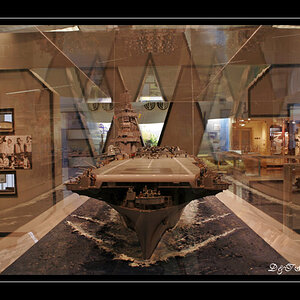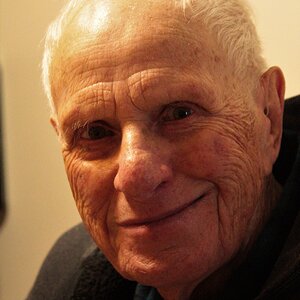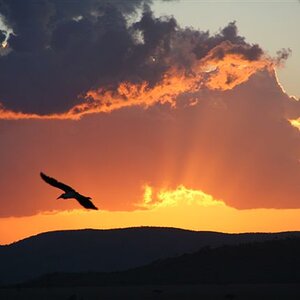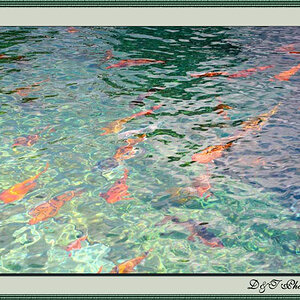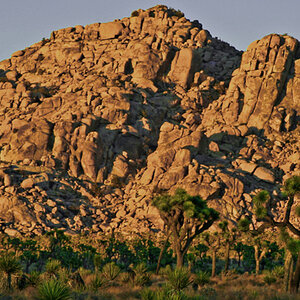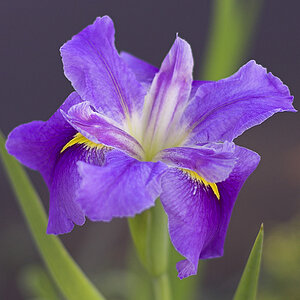DaveAndHolly219
TPF Noob!
- Joined
- Mar 4, 2017
- Messages
- 121
- Reaction score
- 20
- Can others edit my Photos
- Photos OK to edit
I'm shooting my first wedding next month and I’m wondering if I should buy myself a flash diffuser for the reception. The ceremony is outdoors so it won’t be necessary. The reception is indoors so I will definitely be using my flash. I’ll be shooting with a Nikon D7100 with a 17-50mm f/2.8 lens and possibly a 50mm 1.4. I’ll be using a Yongnuo YN 565 EX flash. Do you guys think I should get a diffuser to provide softer light for portraits etc? If so, which one? Gary Fong? If so, cloud, half cloud, lightblade? Too many options, help!


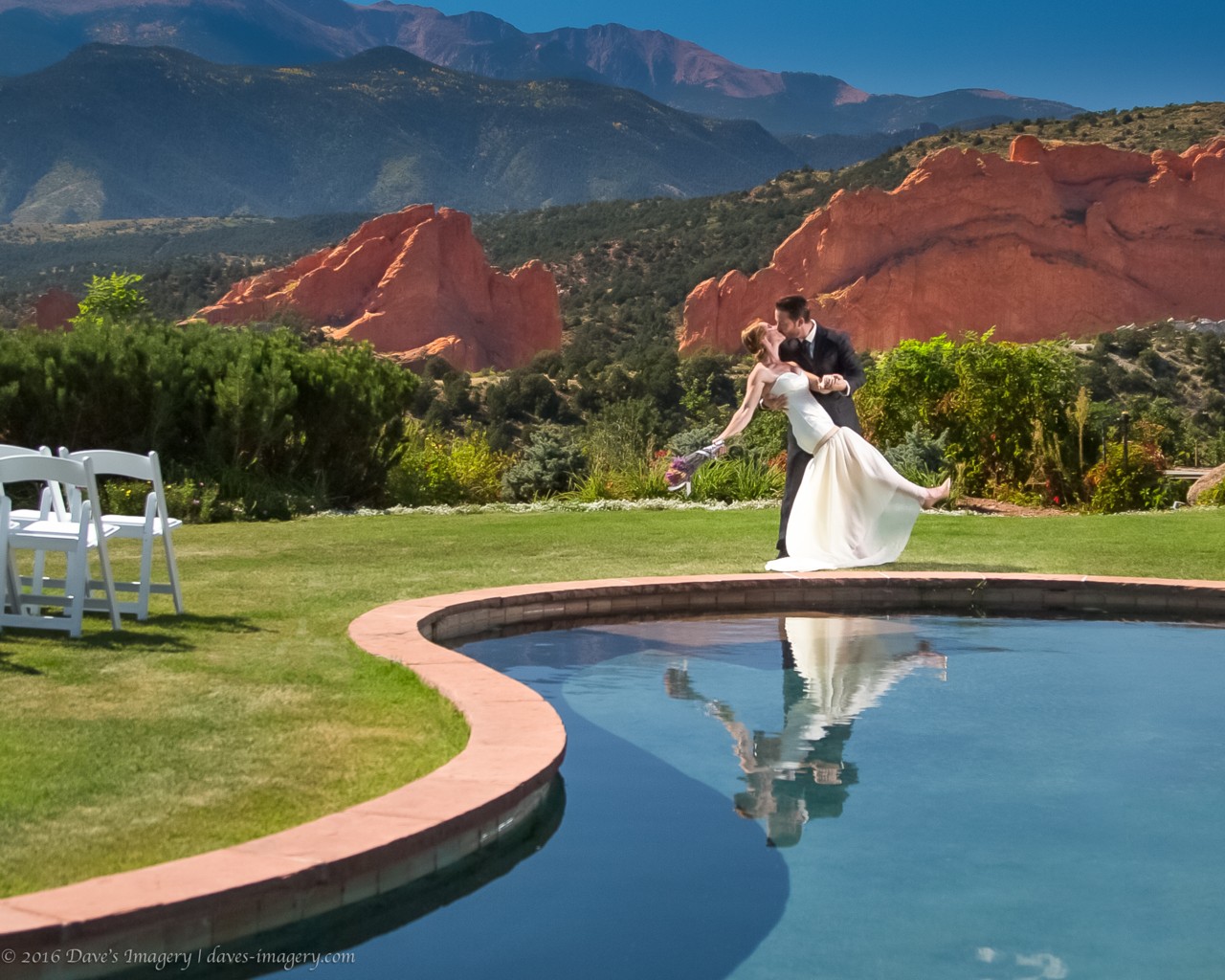
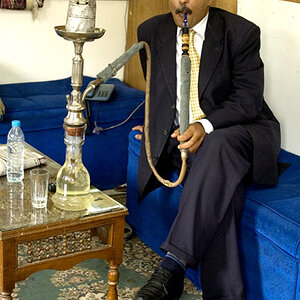

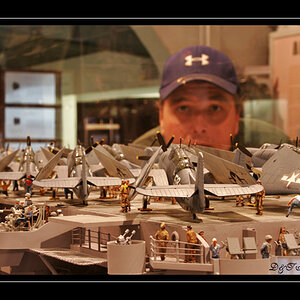
![[No title]](/data/xfmg/thumbnail/31/31746-12607d714ca2713b95250821c881aea9.jpg?1619734987)

